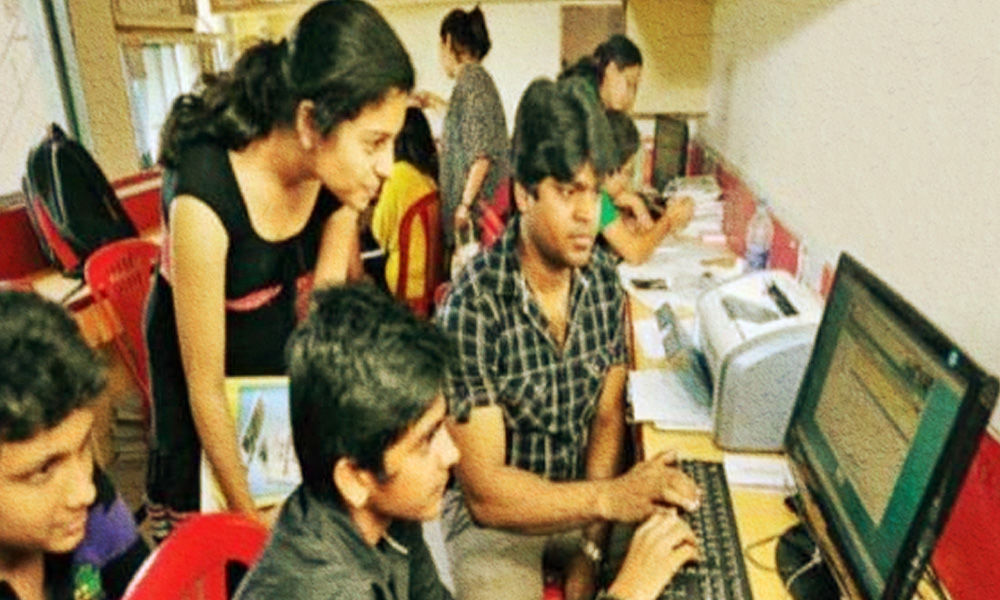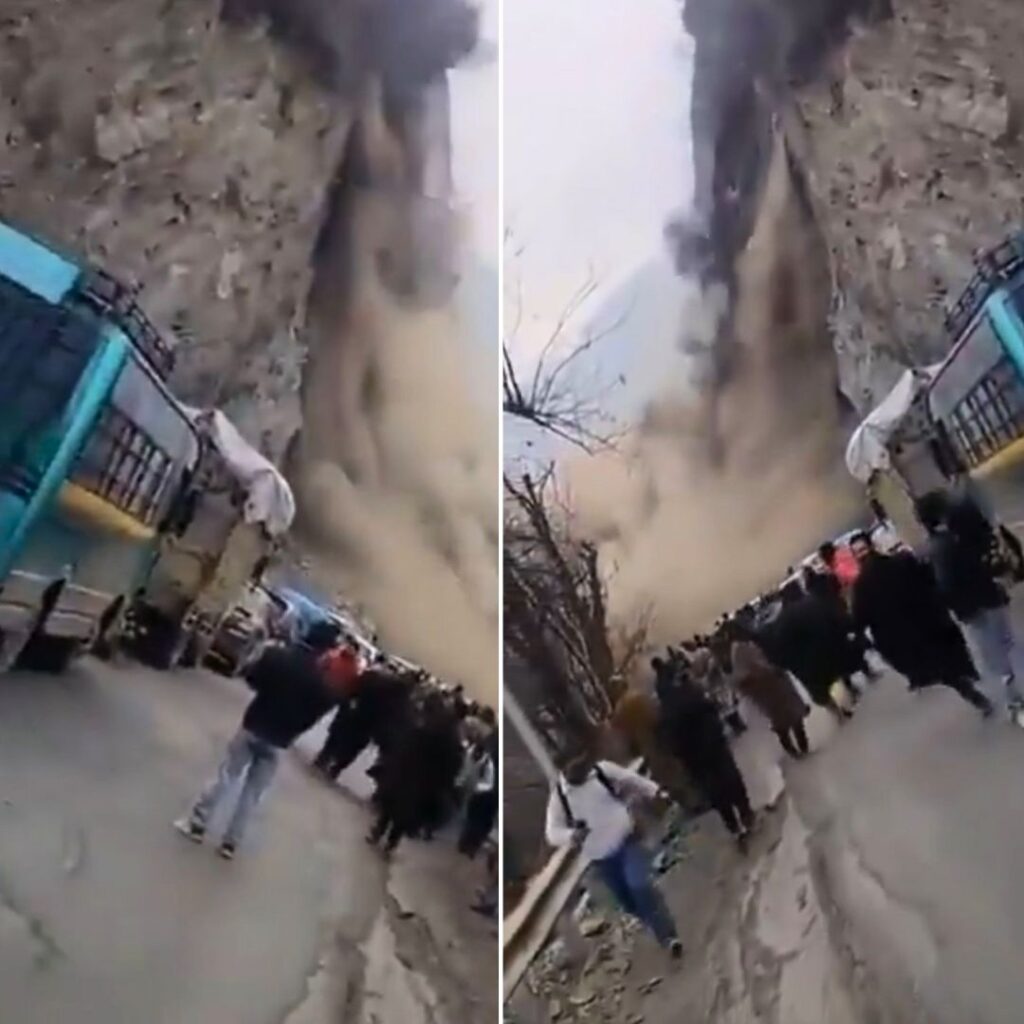In the wake of the COVID-19 pandemic, as education has moved online, a group of nine teachers of the Punjab education department are transcribing the Doordarshan classes for primary students who are missing out on these lessons, reported The Indian Express.
Online classes for government school students had begun on May 18 through Doordarshan Punjabi. However, many children living in villages were unable to attend these classes due to no power supply or because they go with their family to the fields for paddy transplantation. In addition, some students also find it difficult to comprehend the lessons.
‘Paddy transplantation is over but now basmati is being transplanted. Many families have been taking their children along with them to the fields and hence scripts of the Doordarshan lectures help ensure that they don’t miss out on anything,’ Himanshu Singla, Elementary Trained Teacher (ETT), who teaches at the Government Primary School in Banga village of Sangrur district, told the media.
Himanshu added that after the classes began via Doordarshan, many students approached him for help, stating that they had missed the classes.
‘After 2-3 days of classes via Doordarshan, I started getting calls from students who said they had missed the classes due to one reason or other, and asked me for help. Hence, I started attending the hour-long classes, which are for class III onwards. I began noting down the content for classes III, IV and V,’ Himanshu said.
‘A friend, Vishal Goyal who teaches at a primary school in Kadawi village of Patiala, also started helping. We started transcribing the online lectures for primary students and started sending them out through different WhatsApp groups to over 1,300 teachers across the state, who in turn forward them to their students,’ the teacher added.
The two teachers soon had the help of seven more teachers. While Vishal was the script editor and compiler, Gurwinder Singh Uppal, a teacher at Dolewala village’s primary school in Sangrur, makes scripts of Punjabi for classes III, IV and V. Meanwhile, Kiran Rana, who works at Pahlewal village of Hoshiarpur district, makes scripts in English.
While Sukhda Sharma makes scripts of environmental science (EVS) in English, Bandhna Singla makes scripts of EVS in Punjabi medium. Both are teachers in Patiala villages. Meanwhile, Navdeep Kaur and Navneet Kaur takes care of maths in English and Punjabi medium, respectively.
Satnam Kaur, a teacher of Government Primary school in Jalbera village of Patiala, is creating interactive lessons for classes I and II students in all subjects as per the ‘Padho Punjab’ curriculum, although there are no lessons for them via Doordarshan.
Doordarshan airs the lectures from Monday to Saturday for an hour, with 20 minutes given for each class. After the Doordarshan programme is over, the teachers take around 2 hours to transcribe the lesson and prepare the script. By 1 pm, the script reaches over 1,300 teachers and through them, their students.
A large number of teachers are depending on lessons prepared by the nine teachers after their students attend lectures on Doordarshan.
‘We started this initiative on our own, just to help students. In the scripts, our contacts are mentioned for teachers’ reference in case they need any clarification, but the same scripts were being sent by teachers to students of many schools across Punjab and hence we got surprised when students started sending their homework to us.’ Himanshu said.
Meanwhile, in an effort to solve the issue of inaccessibility of study material, the Punjab government recently launched the ‘Punjab Educare’ app for government school students. The app has systematically arranged study material including textbooks, video lessons, and daily assignments for all subjects.
An additional tool for teachers and students, they can have hassle-free access to the syllabus, textbooks in PDF form, video lectures, worksheets, assignments, quizzes, etc. through the app. It also helps both the teachers and students to recap any topic whenever they want.
The app has sections like ‘Teachers’ station’, ‘Students’ corner’, ‘Word of the day’ and ‘Udaan’. In the app, the user can visit the desired section and select the class and subject of their choice.
However, the group of nine teachers are still continuing their individual efforts.
Meanwhile, Krishan Kumar, the state education secretary, appreciated the work of all teachers in the state. He said that, for several years, the department has been operating lectures via Edusat in government schools.
The department has already prepared e-content of the syllabus for all classes, which is currently in operation in government schools equipped with the smart classrooms. Due to this, government school teachers have already been broadcasting lectures through Edusat and taking digital classes.
In addition, the department also launched the ‘Ghar Baithe Sikhya’ programme, through which teachers have been taking virtual classes through digital mediums…











